If you are using Chrome, click the red hand button at the top right of the screen:

Then select: Don't run on pages on this site
If you do it correctly, the red hand will turn to green and you will no longer see this message.
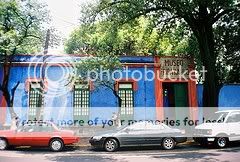


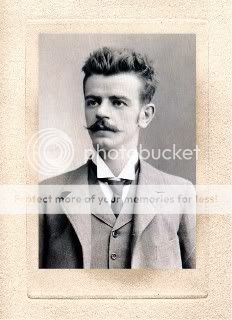
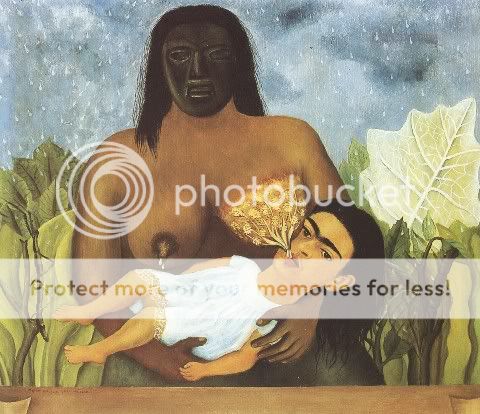
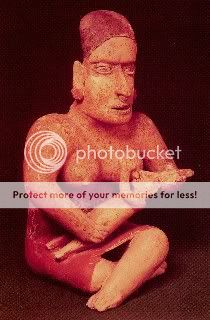
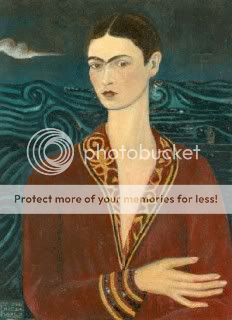
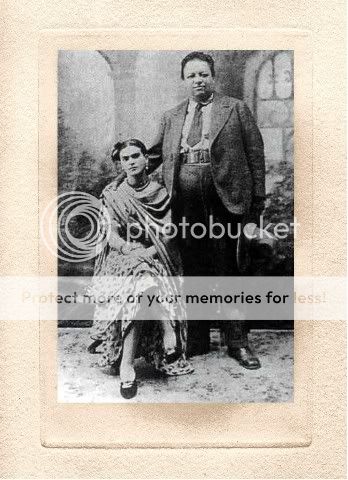
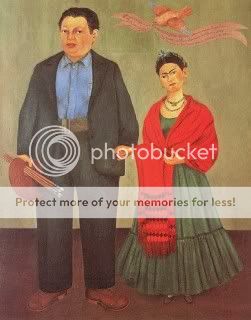
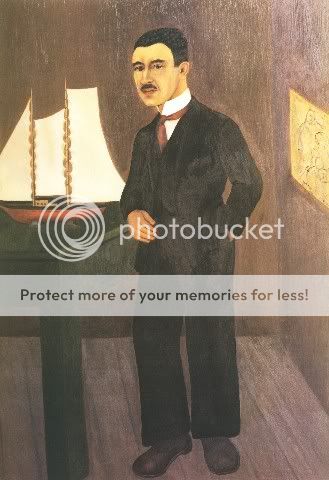
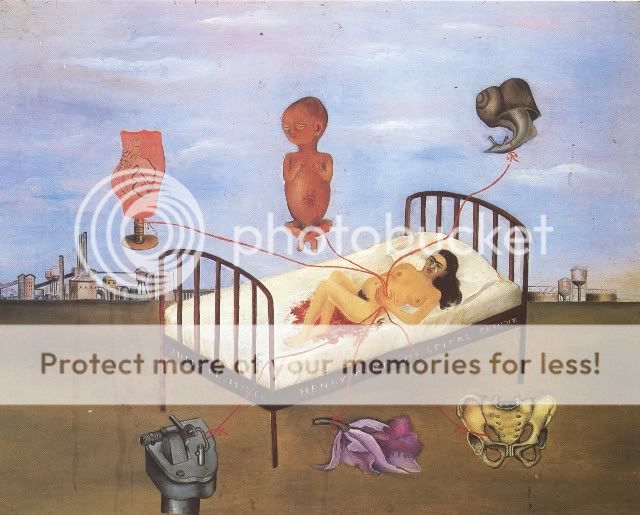
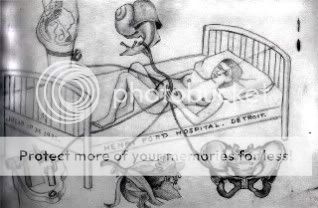
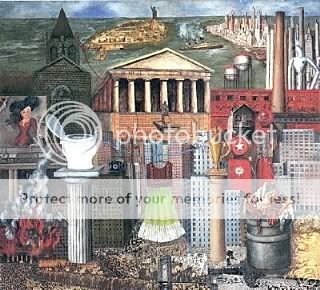
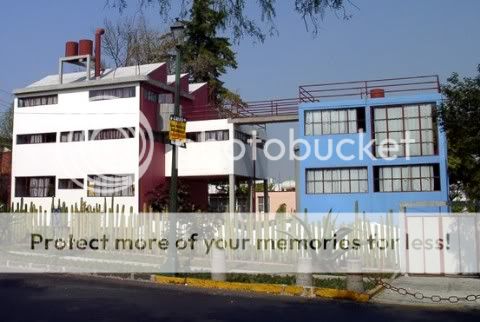
'Witchcraft' trial: there may be similar unreported cases, say police
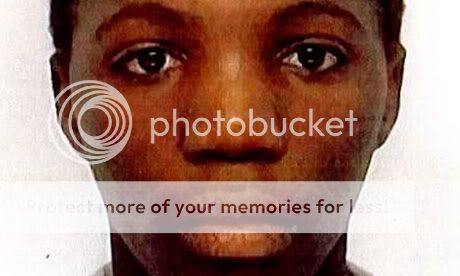
In wake of convictions, police warn that ritualised abuse of children branded as witches is often hidden crime in UK
Police and groups representing African communities have warned that ritualised abuse of children branded as witches is an under-reported and hidden crime in the UK, as a man and woman were convicted of murdering a 15-year-old boy because they believed he was a witch.
Eric Bikubi and Magalie Bamu, both 28, murdered Magalie's brother Kristy Bamu in their east London flat after violently abusing him for several days because they believed he was possessed by evil spirits.
Bikubi and Bamu also accused two of the teenager's sisters of witchcraft and were found guilty of causing actual bodily harm after abusing them for several days. The pair will be sentenced on Monday.
Over four days, Kristy, who was visiting his sister with his siblings from France for Christmas, was tortured with metal bars, a chisel, a hammer and a pair of pliers in a "prolonged attack of unspeakable savagery and brutality", the court heard.
In a victim impact statement Pierre Bamu, Kristy's father, said: "The fact that Kristy died at the hands of those who were expected to look after him and his siblings makes it all the more difficult for us to come to terms with."
He said the family had been betrayed over the killing of a "fine young man", adding: "We will never forget, but to put our lives back into sync we must forgive."
Speaking outside the Old Bailey, Detective Superintendent Terry Sharpe said the Met police had done a great deal of work to understand and deal with belief-based child abuse. "However, this is a hidden and under-reported crime and therefore difficult to deal with in terms of protecting potential victims from harm," he said.
Kristy's ordeal began soon after he arrived in London on 16 December 2010. Bikubi, a man he thought of as his uncle, accused him of witchcraft after he wet himself. He forced Kristy and two of his sisters who he also believed were witches – Kelly, 20, and their 11-year-old sister, who cannot be named – to pray, denying them food and sleep in an attempt to "remove the kindoki", the Lingala word for witchcraft.
Bikubi – helped and encouraged by Bamu – then focused on Kristy, using an "armoury of weapons". He beat the child with a metal bar used for weights, shoved a metal bar into the teenager's mouth, forced him to eat a screw and struck him with a hammer in the face, knocking out his teeth. Bamu also beat him, taking a pair of pliers and wrenching his ear.
On Christmas Day 2010, when Kristy was weakened due to the beatings, Bikubi forced the boy and his siblings into a bath to wash away the evil spirits. He doused them with water and, as the bath filled, Kristy was submerged and drowned.
When Kristy was found by paramedics in the eighth-floor flat in Forest Gate, his head, face, back and arms were covered in deep cuts and bruises, and several of his teeth were missing. Pathologist reports revealed he suffered 101 injuries and died as a result of drowning and the injuries.
Giving evidence through a French interpreter, Kelly said the pair were fixated on the idea that the three siblings were practising witchcraft. "It was as if they were obsessed by that and then it became absolutely unbearable," she told the court. "I repeated again and again and again that we were not witches that we had come there to spend Christmas as a family together. But I don't know what was going on in their minds. They decided we were there to kill them."
In a "staggering act of depravity and cruelty", the defendants recruited sibling against sibling as "vehicles for their violence", with Kristy's brother forced to stand guard to make sure he did not escape. Just before he died, two of the younger children were made to clean up Kristy's blood, which covered the flat.
In a joint statement, the NSPCC and World Vision said Kristy's was not an isolated case: "The vast majority of people in the communities where it can take place are horrified by these acts and take no part in this atrocious behaviour, so we must not be afraid to challenge these communities to out the wrong-doers within them.
In a statement, Congolese Pastorship UK denounced any ritualised child abuse and said it planned to improve its monitoring system and procedures with a refresher child safeguarding programme.
On Christmas day, the day Kristy died, Bikubi called his father Pierre Bamu and threatened to kill the child, before passing the phone to Kristy who also warned him that Bikubi would kill him.But Pierre dismissed fears about the children because he could not imagine Bikubi doing any harm to them. Kristy's parents then attempted to get a last-minute hire car but failed, and instead decided to arrive as planned two days later. A few hours later, they received a call from Kelly to tell them Kristy was dead.
Pierre Bamu said in a statement at the Old Bailey that the pain of Kristy's death was "something which cannot be measured or calculated", adding that the family had been betrayed by Bikubi and his daughter. "We were always fond of Eric and regarded him as a son. We were proud that he would call us Mum and Dad. As a family we planned our futures together and Eric and I were to open a restaurant in London together as a legacy for our family," he wrote. "Kristy was a fine young man, kind and considerate, much loved by his family and friends. We saw that he was becoming a man."
COMMENTS
-